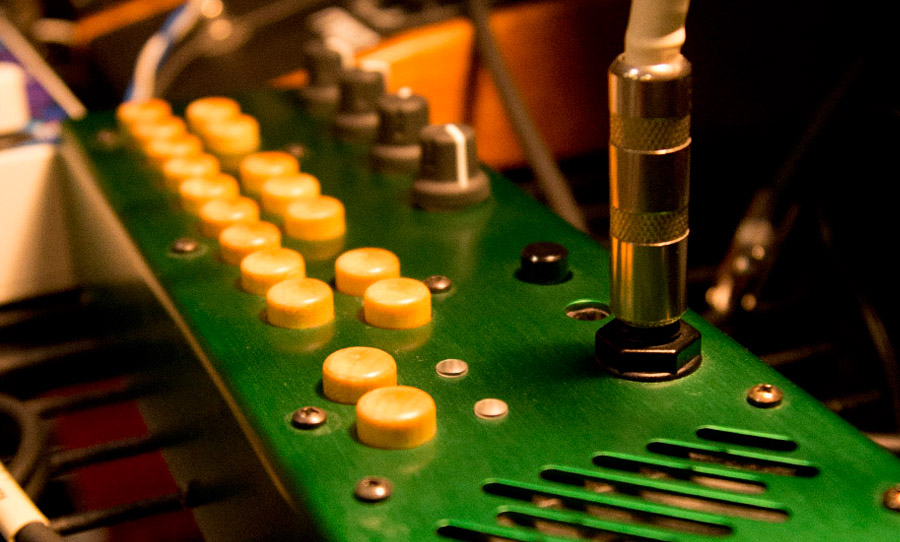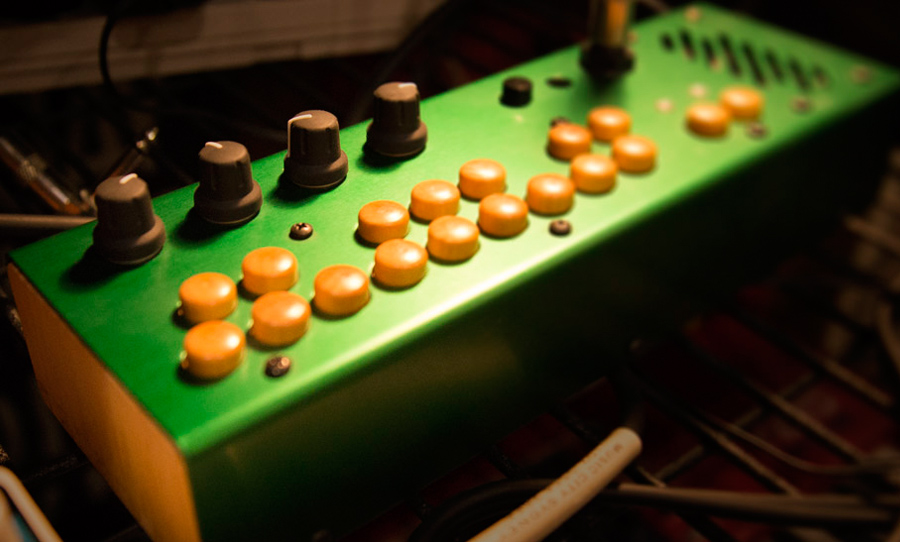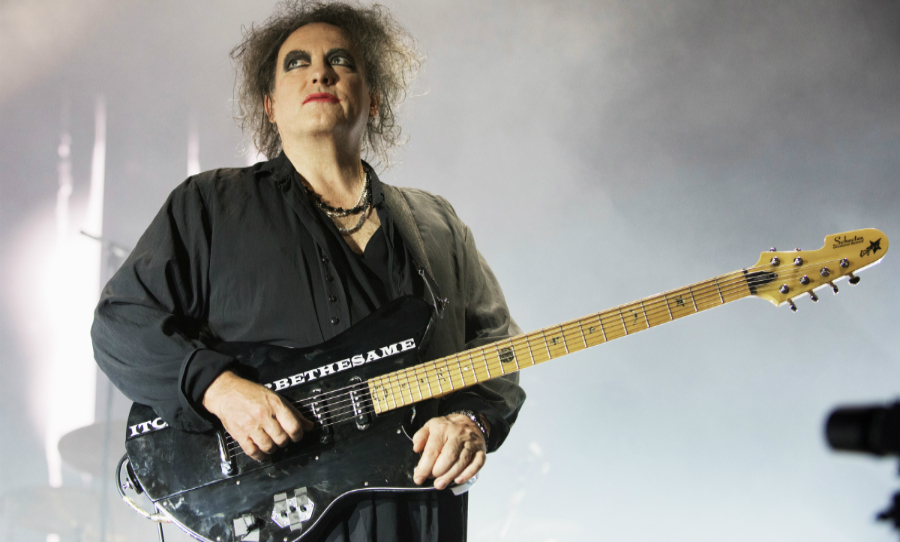Despite its inherent limitations, the Critter and Guitari Pocket Piano is no lame duck. Under its green hood is a whole lot of noisemaking power that pairs extraordinarily well with other players.
The Pocket Piano from Brooklyn manufacturer Critter and Guitari is representative of cost-effective yet boutique-styled noisemaking gear. It makes sense: instruments that sound great, are affordable and portable are highly desirable in the studio.
What’s more is that while the vintage stuff is still coveted, the new pieces are equipped with sensible extras to fit into a modern workflow, emphasising connectivity and fun.

First impressions count, and while beauty is in the eye of the beholder the Pocket Piano is bound to impress on looks alone. It’s pencil case-sized enclosure is green aluminium and has maples button for its keyboard, which brings to mind an accordion.
It can be battery powered and has an inbuilt 3W speaker – which will obviously struggle to cut it for serious audio projects – but it renders the pocket piano completely portable and handy for quick jams and sketching ideas with spontaneity.
With a package this diminutive though, there are bound to be limitations. The Pocket Piano handles them cleverly though, making it easy for the user to navigate the sounds intuitively. The “mode” button scrolls through the different types of sound, denoted by a colour-coded LED.
Depending on the selected patch, the “knob” 1 and 2 functions control parameters such as modulation depth and rate, envelope filtering, decay rates and octave shifts.
Without any displays for parameters, deep editing of any kind is not really possible. And if you’re using a synth like this, diving into nuanced patch editing really isn’t the go – quick hands-on manipulation and working by feel has to be embraced. Sonically, it really excels in arpeggiation. It invites easy tweaking of arp rates, filters and tuning with all controls easy to reach.
Inherent limitations notwithstanding, the Pocket Piano is not a lame duck. MIDI syncing and control is available, and with devices this small, the true beauty of the experience lies in the ability to connect to other players and your favourite MIDI controllers, and all be on the same page.
Some will be quick to leap on the Pocket Piano for its quirky constraints and write it off as a novelty. The sounds it can produce, however, will find a worthy home in many a mix. You’d be brave to use this as a central synth in a project as it doesn’t have much of the functionality of a bigger and more expensive keyboard synth. Yet as an impromptu tastemaker that could add the cherry on top, you’d be hard-pressed to find an instrument that inspires so readily.
Watch Justin Vernon – aka Bon Iver – put it to beautiful use in this video:



